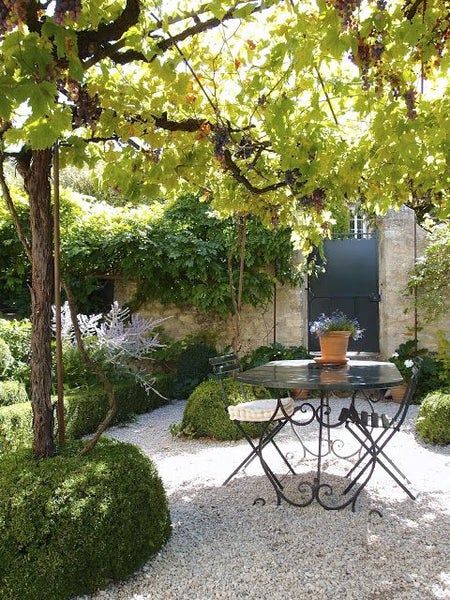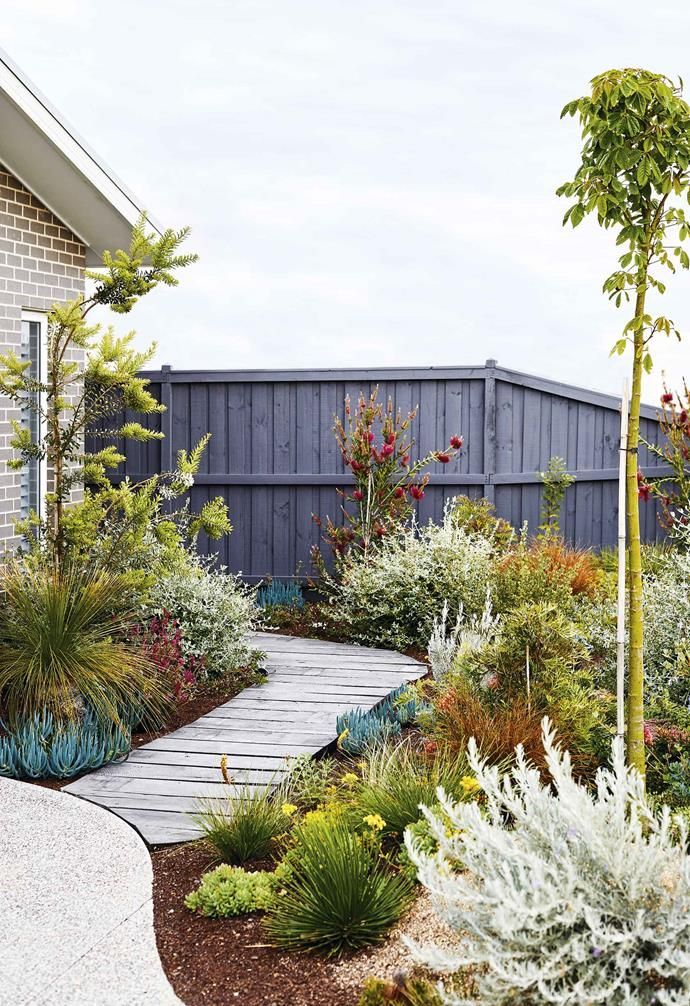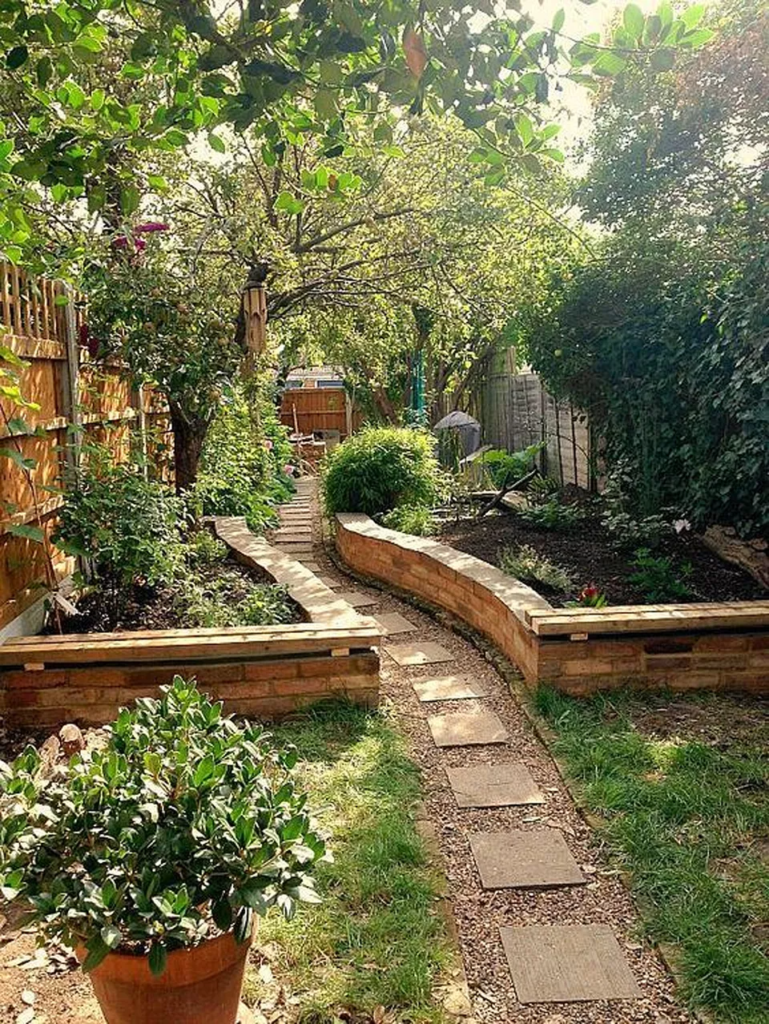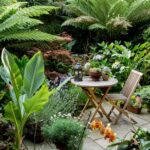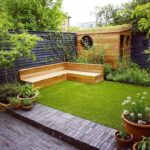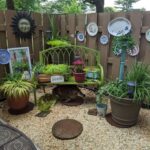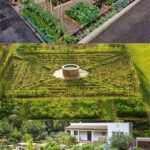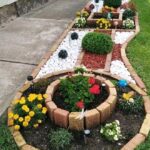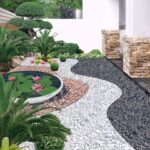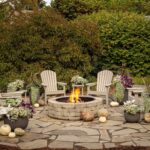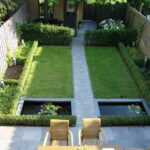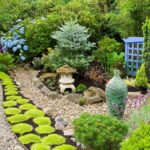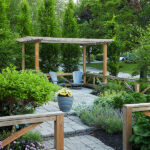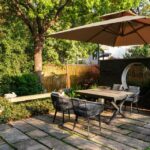One popular garden design idea is to create a cozy outdoor living space by incorporating comfortable seating areas such as built-in benches, hammocks, or lounge chairs. Adding a fire pit or outdoor fireplace can provide warmth and ambiance for cool evenings, making the garden a perfect spot for relaxation or entertaining guests. Introducing an outdoor dining area with a table and chairs can also enhance the functionality of the space, allowing for al fresco meals and gatherings.
Incorporating vertical gardening elements such as trellises, arbors, or living walls can add visual interest and maximize space in a small garden. These structures can support climbing plants like vines, flowers, or vegetables, creating a lush and dynamic backdrop for the outdoor space. Vertical gardening can also help conceal unsightly structures or create privacy from neighbors, making the garden feel more secluded and intimate.
Another garden design idea is to create a themed garden that reflects your personal style or interests. For example, a cottage garden can feature romantic elements like heirloom roses, peonies, and cottage-style furniture, while a modern garden can showcase clean lines, minimalistic plantings, and contemporary outdoor furnishings. By selecting a theme and coordinating the plantings, hardscape materials, and decor accordingly, you can create a cohesive and visually appealing outdoor space that suits your taste.
Incorporating water features such as fountains, ponds, or waterfalls can add a soothing and relaxing element to the garden design. The sound of running water can create a sense of tranquility and drown out noise from the surrounding environment, making the garden a peaceful retreat from the stresses of daily life. Water features can also attract birds, butterflies, and other wildlife, adding to the garden’s biodiversity and beauty.
A sustainable garden design is another popular trend that prioritizes eco-friendly practices and the use of native plants to create a low-maintenance and environmentally conscious outdoor space. By selecting plants that are adapted to the local climate and soil conditions, you can reduce the need for water, fertilizer, and pesticides, while also supporting local wildlife and pollinators. Incorporating rainwater harvesting systems, composting, and permeable paving materials can further enhance the sustainability of the garden design.
Finally, adding lighting elements such as string lights, lanterns, or pathway lighting can create a magical ambiance in the garden, allowing you to enjoy the space after dark and extending the time you can spend outdoors. Lighting can highlight key features of the garden design, provide safety and security, and create a warm and inviting atmosphere for evening gatherings. By carefully selecting and placing lighting fixtures, you can enhance the beauty and functionality of the garden design while also increasing its usability throughout the day and night.
